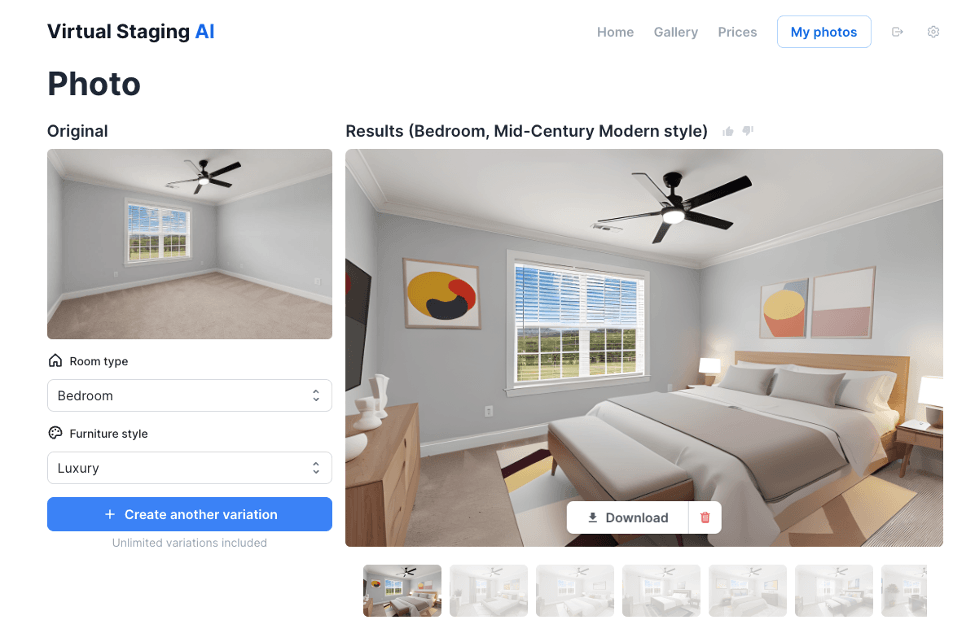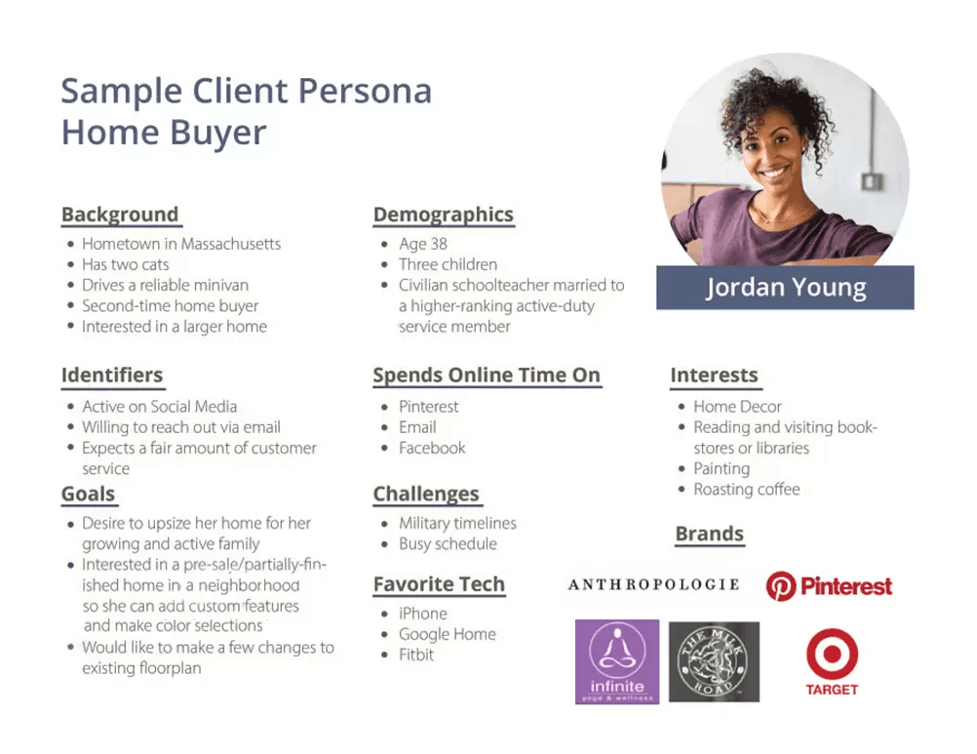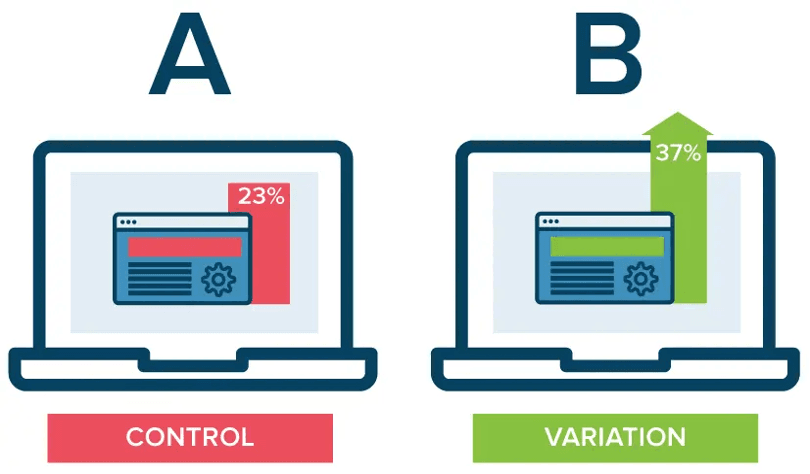February 16, 2024
How to Create a Real Estate Marketing Plan in 8 Steps
When you first get into real estate, you might imagine your work life consisting mostly of client meetings, showings, and negotiations.
While those are pivotal tasks in a real estate professional’s work, there’s another that may take up even more of your time …
Marketing your real estate business.
Here’s the deal. To book up your calendar, build trust, and successfully convert potential customers, you need to think of marketing as your bread-and-butter task.
In other words, you need to prioritize spreading the word as if your business depends on it — because it does.
Whether you’re looking to audit and revamp your current marketing approach or need to start from scratch, this guide is for you.
We’ll walk you through what a real estate marketing plan is and share eight straightforward steps to help you build your own.
Ready to learn more?
Let’s get started.
What Is a Real Estate Marketing Plan?
A real estate marketing plan is a strategic roadmap that helps real estate agents promote their services and attract potential buyers.
Marketing plans often include:
- The key performance indicators (KPI) you’ll track
- The channels you’ll use to spread your message
- Your specific real estate business goals
- Your ideal buyer and seller personas
- Specific lead nurturing strategies
- Your unique value proposition
- The tech stack you’ll use
- Competitive analyses
- Your core message
- Budgeting details
To create a marketing plan that helps you build a promising lead list and convert prospects, you need to focus on tactics that can help you stand out.
For instance, presenting yourself as a trusted advisor can help you build a captivating online presence.
Using innovative branded content and technology can also help you create a competitive edge. For example, incorporating 3D tours and virtual reality can give potential buyers and sellers a more immersive and realistic customer experience.
As you run through the following steps, keep this top of mind.
8 Steps to Creating Your Real Estate Marketing Plan
Now that we’ve laid the groundwork…
Let’s take a closer look at the steps you’ll need to take to build your real estate marketing plan.
Step 1: Identify your target client
Start by describing your ideal client — and any specific customer segments you target, if you have any.
For instance, you might only cater to wealthy home sellers in NoHo and the Upper East Side in New York City.
Or, you might target a wider audience in New York City as a whole, including:
- Commercial real estate investors
- First-time home buyers
- Real estate investors
- Home sellers
- Relocators
- Retirees
- Renters
Create client personas to summarize each audience group’s needs and preferences. Dive deep into their demographics, interests, pain points — and the solutions you offer them. Take your personas up a notch by researching and noting potential marketing materials that could resonate with them.
For instance, your commercial real estate investor prospects might prefer white papers and case studies. And your first-time home buyers might prefer 3D tours and user-generated content (UGC) videos.
Consider using a real estate CRM like kvCORE or BoomTown to promote effective targeting. With these tools, you can organize and segment your client personas to customize your marketing efforts for each lead.
Step 2: Define your business and marketing goals
Clearly list your business, strategic, and tactical goals.
Take the time to identify what you want to achieve, whether establishing new clients, obtaining referrals, or reaching a specific sales target.
Make sure your goals are ambitious but still realistic and set yourself up for success.
Here’s a breakdown of what business, strategic, and tactical goals refer to:
Business Goals: These objectives align with your overall vision and mission for your real estate business. They typically focus on long-term growth, profitability, and sustainability.
For instance: “I want to work with real estate investors with a long track record of positive returns who purchase and sell at scale. My vision is to help them flip 100 homes per year so I can profit on the buying and the selling side.”
Strategic Goals: Strategic goals are the high-level objectives that guide your real estate marketing plan. You typically set them for a medium-term timeline, such as one to three years.
Strategic goals focus on key areas such as market positioning, target audience, competitive advantage, and business expansion.
For example, one of your strategic goals might be: “I want to build strong relationships with at least 10 real estate investors every quarter.”
Tactical Goals: Tactical goals are specific, actionable, measurable objectives that help you achieve your strategic goals. They’re short-term in nature, typically set for a period of weeks or months.
Tactical goals define the specific marketing activities, campaigns, or initiatives you’ll implement.
Some examples might include increasing website traffic, generating leads through social media campaigns, or hosting local networking events.
Piggybacking on our previous example, one of your tactical goals might be: “Collect contact information for real estate investors from LinkedIn and add them to my cold outreach calendar.”
Keep your goals and target personas in mind as you move through the rest of these steps.
Step 3: Analyze your competition
Create a list of competing agents and brokerages in your area.
You can find them by:
- Looking through profiles on real estate platforms
- Driving through your neighborhood
- Browsing social media platforms
- Researching sponsored events
- Searching online
Take note of their branding styles, marketing materials, social media presence, and website appearance.
When analyzing these, identify strengths and weaknesses.
For instance, you might find that some of your competitors have decent social media engagement but lack SEO strategies.
Or you may notice that some agents have great success with authoritative content and video marketing but have no guided selling experience.
Use your analysis to position yourself effectively and differentiate your marketing efforts.
Pro Tip: Make testing part of your marketing planning process. [A/B test](https://www.optimizely.com/optimization-glossary/ab-testing/#:~:text=A%2FB%20testing%20(also%20known,determine%20which%20one%20performs%20better.) campaign types, calls to action (CTA), channels, ads, and other marketing activities to see which ones work best for your specific audience.
Step 4: Identify your differentiators and craft your USP
Solidify what sets you apart by creating a compelling, unique selling proposition (USP).
Use the following template to organize your USP:
“I/We help (target audience) find/buy/sell (property type) with/without/by (your key solutions)”
For instance …
Example 1
“I help first-time buyers find their dream single-family homes without the stress. My unique buyer’s questionnaire can help me pinpoint the best options for you in minutes.”
Example 2
“We help commercial investors buy and sell office spaces fully remotely. When you partner with us, you’ll never have to leave the comfort of your home.”
Example 3
“We help renters and buyers relocate to over 500 cities in the US, Canada, Mexico, and Europe. Find your new home abroad without the stress, confusion, and expense.”
Add your USP to your social media bios, website About page, and email signature line. You can also integrate it into your sales outreach materials when relevant.
Step 5: Define your marketing message
Create a powerful marketing message that positions you as a trusted real estate advisor and speaks to your client personas.
In your marketing message, be sure to:
- Weave in details from your client persona to make sure your marketing message resonates emotionally with your target clients.
- Reference your target audience’s pain points — and emphasize how your services can solve their challenges.
- Highlight the benefits of choosing your real estate team by showcasing your expertise and track record.
- Incorporate client testimonials to build trust and showcase your past clients’ positive experiences.
- Share your personal story and values to connect with potential clients more deeply.
- Use visuals to grab attention and make your message memorable.
You can also test variations of your marketing message to see which aligns best with your audience.
Once you’ve crafted your message, add it (along with your UVP) to your marketing style guide and official planning doc.
Make sure to reference this message or snippets of it when creating your marketing campaigns and writing sales copy. (If you have copywriters and a marketing team, give them access to these docs so your brand identity remains consistent.)
Be sure to also integrate relevant snippets of your marketing message throughout your real estate website to connect with online prospects.
For instance, in the above image, Napa Valley Real Estate Agent Ginger Martin uses the following marketing message:
“With 3 billion dollars in sales combined with her unique focus on Wine Country luxury real estate, Ginger Martin’s insight and expertise are unparalleled. Her sales portfolio of luxury homes, vineyards, and estates are exceptional.”
Take this tip up a notch by adding quick-link CTAs near your marketing messages. For example, in the above image, Ginger uses a “Work with Ginger” CTA button.
Step 6: Set your budget and choose your marketing channels
Strategize a budget that aligns with your goals and resources.
List all expenses associated with your marketing efforts, including the initial investment and the potential return on investment (ROI).
Evaluate different marketing channels to see which ones help you reach your target audience best and offer the highest ROI.
Take the time to organize your finances and determine where to allocate your marketing dollars for maximum impact.
Consider investing in areas such as website development, branding, and online campaigns to establish a strong online presence. Hiring writers, building a team, and bringing in a virtual assistant can also help streamline your marketing efforts and free up your time.
You might also consider testing ad campaign formats across different channels to see which ones convert best. This option frees up most of your time by automating your sales process.
Some other reliable marketing channels and strategies include:
Your website (consider using CTAs and guided selling experiences)
- For sale-by-owner platforms
- Lead magnet marketing
- Segmented campaigns
- Content marketing
- Funnel marketing
- UGC campaigns
- Email marketing
- Social media
- Your CRM
- SEO
Pro Tip: Build funnels for each channel so you can collect leads and consistently follow up with them by email, phone, SMS, or direct message.
Regularly reassess your budget and adjust as needed to stay on track and optimize your software choices and marketing investments.
Step 8: Final steps
You’re almost finished!
All that’s left is finalizing your marketing plan with the following actionable steps:
8.1 Build your tech stack Identify the essential tools and software you’ll need to implement your marketing plan, such as Google Analytics for data analysis and Ahrefs for competitor research and search engine performance.
Be sure to also research and test:
- Social media management apps
- Website management tools
- Email marketing software
- AI staging technology
- CRMs
 Virtually Rendered with Virtual Staging AI
Virtually Rendered with Virtual Staging AI
8.2 Set KPIs and track metrics Determine key performance indicators (KPIs) to help you measure how successful your marketing plan is.
Choose metrics to help you track:
- Marketing campaign conversions
- Networking contacts
- Website traffic
- Leads
- Sales
Set SMART goals for each KPI. Monitor their performance regularly to make data-driven decisions and allocate resources effectively.
8.3 Test, adjust, and improve Continuously reassess your progress and adjust your marketing plan accordingly.
Use your tech stack to track and measure marketing success.
For instance, some email marketing software can automatically A/B test campaigns — and then send the ones that convert best to the right segmented audiences.
And some lead scoring apps can help you uncover your true ideal customer profile and the actions they take before converting.
If you set up strategic funnels as we recommended above, you can track a lead’s progression in detail. This will help you refine your approach to encourage more conversions.
By following these steps, you’ll be well-equipped to execute a successful real estate marketing plan and drive growth for your business.
Wrap up
And there you have it!
If you implement the above steps, you officially have a real estate marketing strategy.
If you’re planning on using this guide later, here’s a quick recap of the steps we went through today:
- Step 1: Identify your target client
- Step 2: Define your goals
- Step 3: Analyze your competition
- Step 4: Identify your differentiators and craft your USP
- Step 5: Define your marketing message
- Step 6: Set your budget and choose your marketing channels
- Step 8: Final steps - 8.1 Build your tech stack - 8.2 Set KPIs and track metrics - 8.3 Test, adjust, and improve
*Pro Tip: Add Virtual Staging AI to your tech stack to wow your customers. Try it for free today.
That’s it for now.
Here’s to your success!
Before
After
We use cookies and similar technologies on our website. See our cookie policy for more information.
 (
( (
( (
( (
( (
(